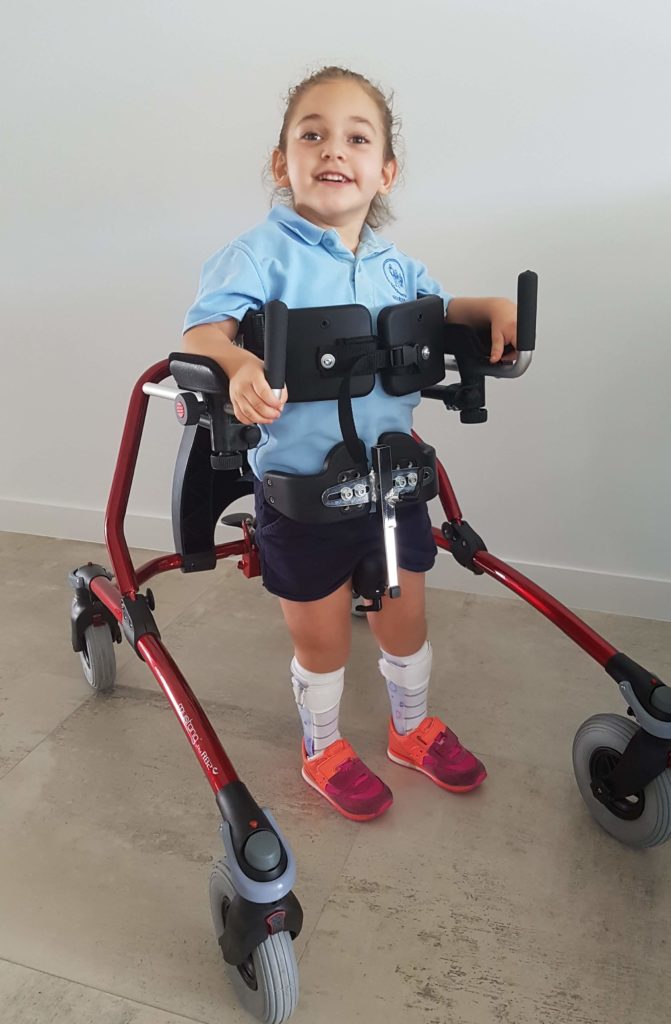Assistive Technology

Assistive technology is any device, system or design, that allows a person to do something more easily or safely, or to do something that they may not have been able to do otherwise due to their developmental delay or disability. Examples include a communication device, a wheelchair, a walking frame, and a handheld shower hose.
The physiotherapists, occupational therapists and speech Pathologists at EarlyEd are experienced in helping families with assistive technology.
An individualized cost estimate for prescription of assistive technology can be provided.
Some things to know about assistive technology:
- The process for prescribing assistive technology can be lengthy and take several months from assessment to delivery. It is important to plan early for assistive technology.
- Assistive technology can be included in your NDIS Plan during a plan review if it is deemed reasonable and necessary. Funding may be included in your child’s NDIS Plan so it is ready for when the prescription is completed (for low or mid cost items). A full assessment report and quote may be needed before the funding is included (for high cost items). Please speak with your therapist if assistive technology is required but is not listed in your current plan.
The prescription process involves many stages:
| Assessment |
|
| Trial |
|
| Report writing |
|
| Delivery |
|
| Review |
|
The NDIS does not fund:
- Items that all parents would typically pay for (e.g. toys; nappies for children under 5 years old) or for support that your child can get from family, friends, and other community and government services.
- Items that are required for use in schools, preschools or childcare (apart from wheeled mobility and communication devices that a child would use in all environments). Talk with your therapists about funding sources for items in these environments.
For further information on this, the NDIS publish their funding guidelines with case examples under the heading “Would We Fund It?”